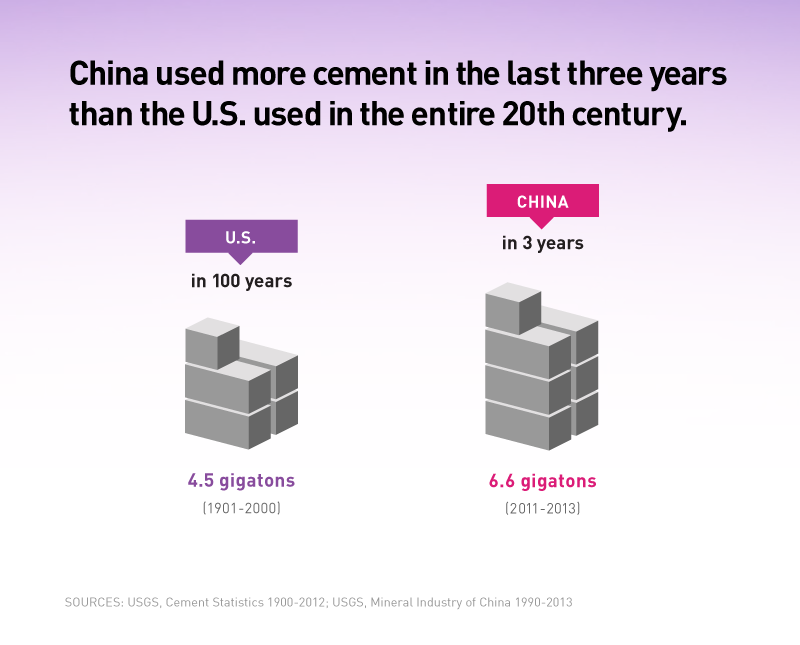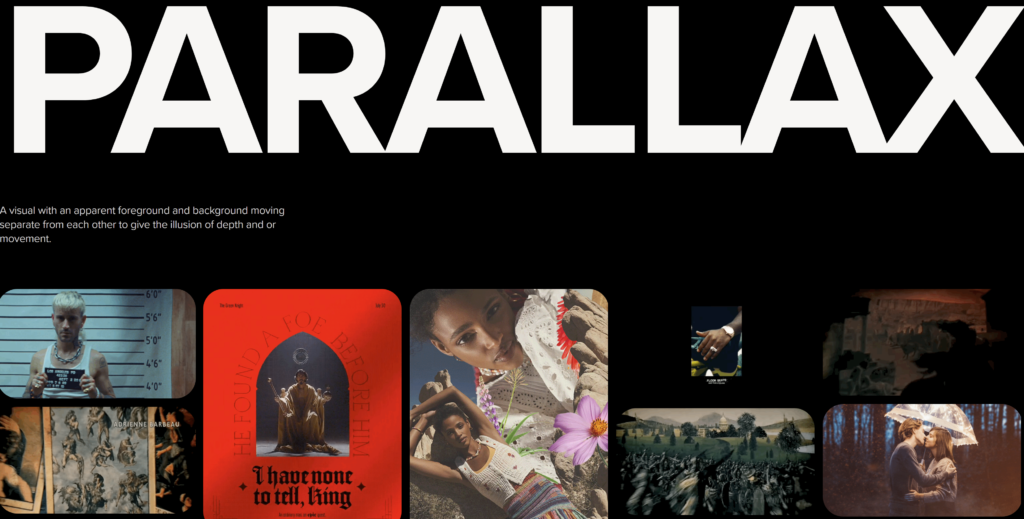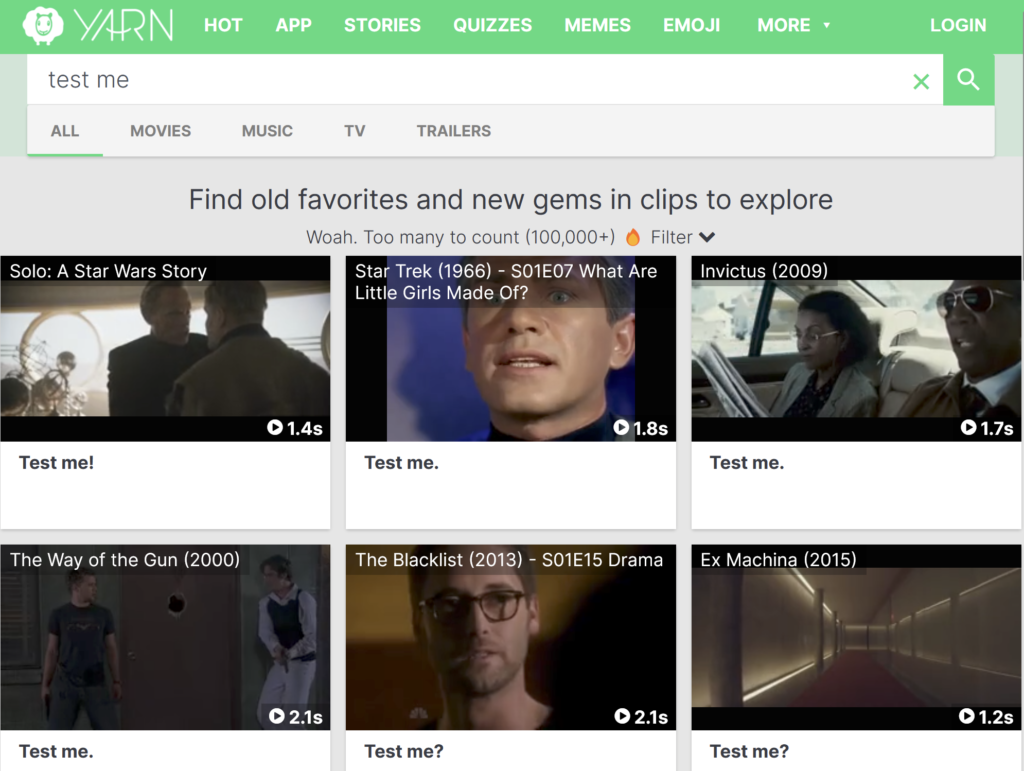I’m fascinated by the scale of concrete usage in modern China, and some of the facts can be difficult to fathom on face value. For instance:
- The Three Gorges Dam made use of over 27 million cubic meters of concrete in its construction, along with 463,000 tonnes of steel (about 63 Eiffel Towers’ worth). A lot, sure, but how can we put that in perspective? Well, it’s well over 30 times the amount of concrete in all of Manhattan!
- This fact, as quoted by Bill Gates from Vaclav Smil’s excellent Making the Modern World:

- More recent USGS data show that this pace has only increased, with China’s 2020 and 2021 concrete production again outstripping the entire U.S. concrete production in the 20th century.
Now I’ve just read about sticky rice mortar. As Liam said:
“The Great Wall of China is held together with sticky rice” sounds like the kind of lie a third grader would make up
@LegoRacers2
Apparently, due to a lack of volcanic ash, more traditional hydraulic lime concrete wasn’t (widely) available, so sticky rice mixed with slaked lime was used instead, creating “a seal between bricks that would rival modern cement in strength”. Fascinating!


